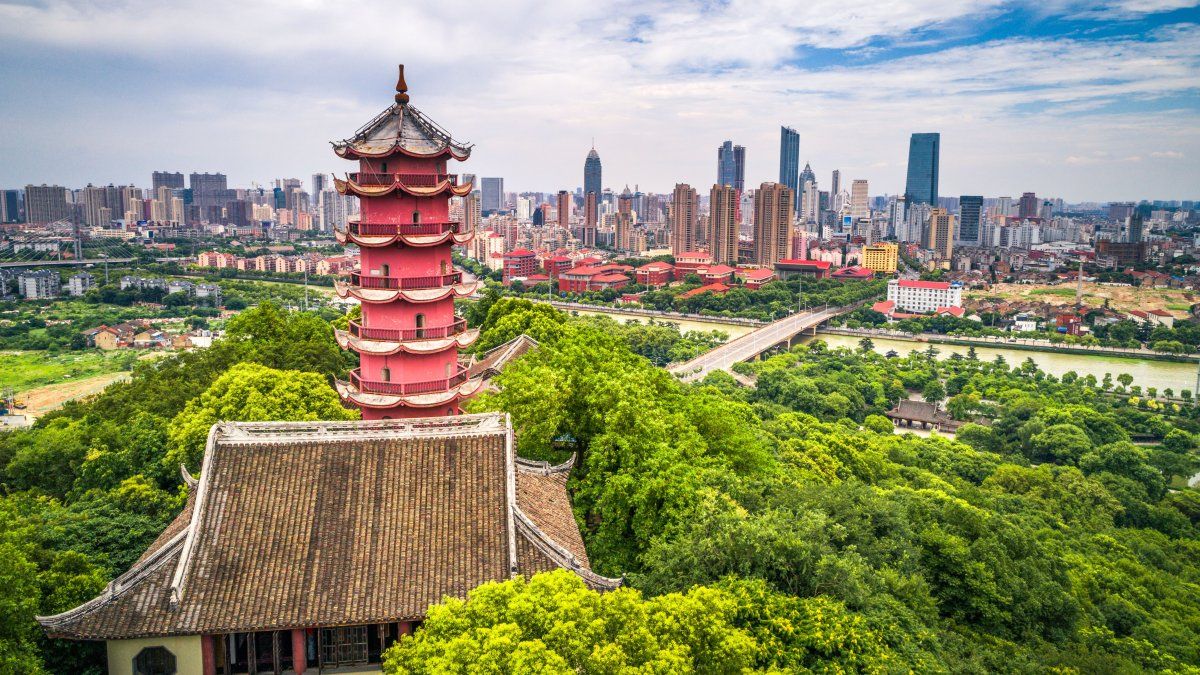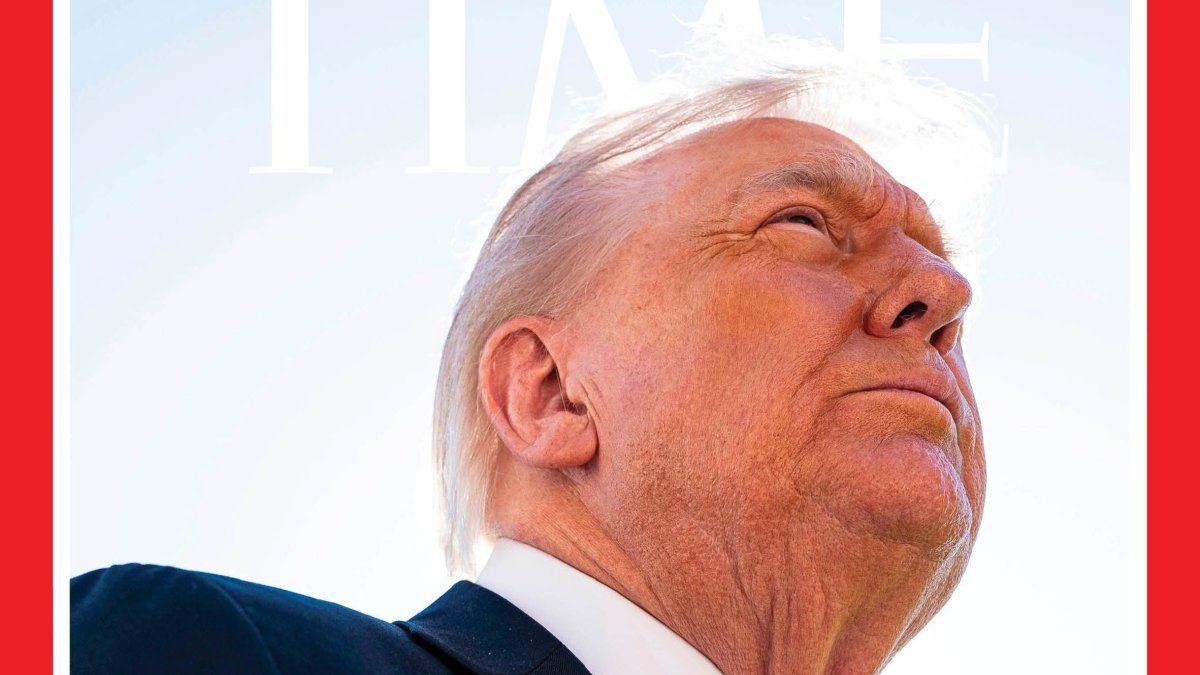Beijing It is the capital city of the People’s Republic of Chinais one of the 4 municipalities that depend directly on the central government. Its territorial extension exceeds 16,000 km2 (the surface of the city of Buenos Aires is 203 km2). With 21,585,000 inhabitants in 2023, 281,000 jobs were created in Beijing during the last year and its unemployment rate was 4.4%.
It is a city crossed by history, politics, technology and constant dynamism, standing out from any city in the Asian giant.
Environmental conditions
The air quality in Beijing has been improving noticeably over the past few years. In 2023, 90% of the days have been rated as having good air quality, with 192 consecutive days without days of poor quality. In 2013, only 13 days were recorded with good air quality.
From 2013 to 2023 in Beijing, the concentration of polluting particles decreased considerably and sulfur dioxide fell by 88%.
Solar, wind, geothermal and other renewable energy sources have been increasingly used and strong incentives have been implemented for the use of this type of energy which currently exceeds 10% of total energy use.
Great efforts to promote investment attraction
In recent years, the Beijing municipal government has implemented more than 1,200 reforms and measures to improve the business environment, reducing bureaucratic processes by 60%. In this way, it seeks to attract more foreign investment by offering special commercial zones for this purpose.
On the other hand, the Beijing municipality is developing a project called “Two Zones”which consists of a zone designed to generate greater openness in the services sector and a pilot free trade zone characterized by technological innovation and the digital economy. This project seeks to create a favorable and world-class business environment by improving the conditions for domestic and foreign companies to develop their businesses in Beijing.
At the forefront of the digital economy and innovation
Beijing is seeking to become an exemplary city for the digital economy by demonstrating a strong transformation in the fields of production, governance and the daily lives of its citizens.
Beijing has built 30,000 5G bases by 2023. It has about half of the major AI products developed in the country and available to the public. It has a 160-square-kilometer high-level demonstration zone for self-driving (a mode in which the car drives without human intervention). This mode will be sought to be extended in the short term to strategic areas such as airports, train stations and urban street cleaning.
In 2023, the city’s GDP reached 4.4 trillion yuan (61.16 million U.S. dollars), a year-on-year increase of 5.2%, while the digital economy contributed 42.9% to its GDP, compared with 41.6% in 2022.
This year, the city plans to develop new technological tools based on Artificial Intelligence, promoting their application in various sectors such as government administration, the medical field, industries and other daily life services.
The city is developing more emerging digital infrastructure, such as a 10-gigawatt optical network and Internet of Vehicles, with the aim of building a fully smart city. In this way, intelligent transportation will serve to alleviate traffic during peak hours. Additionally, the Internet of Things is applied to continue controlling Beijing’s pollution.
Home to more than 90 universities, over 1,000 research institutes, 120 national key laboratories and more than 25,000 high-tech enterprises, Beijing is the place with the highest density of high-tech talent in China.
Finally, it is important to note that within Beijing, there are three ‘science cities’ and a demonstration zone that seek to turn the capital of the People’s Republic of China into an international innovation centre: the Zhongguancun Science City, the Huairou Science City, the Beijing Future Science Park and the Innovation-Based Industrial Cluster Demonstration Zone. Together, these areas house around 60% of the city’s R&D staff and account for almost 60% of Beijing’s R&D expenditure. Despite occupying less than 6% of the city’s surface area, they contribute to a third of the city’s GDP.
Executive Coordinator of the Center for Argentine Studies at the Beijing University of International Business and Economics
Source: Ambito
I am an author and journalist who has worked in the entertainment industry for over a decade. I currently work as a news editor at a major news website, and my focus is on covering the latest trends in entertainment. I also write occasional pieces for other outlets, and have authored two books about the entertainment industry.




